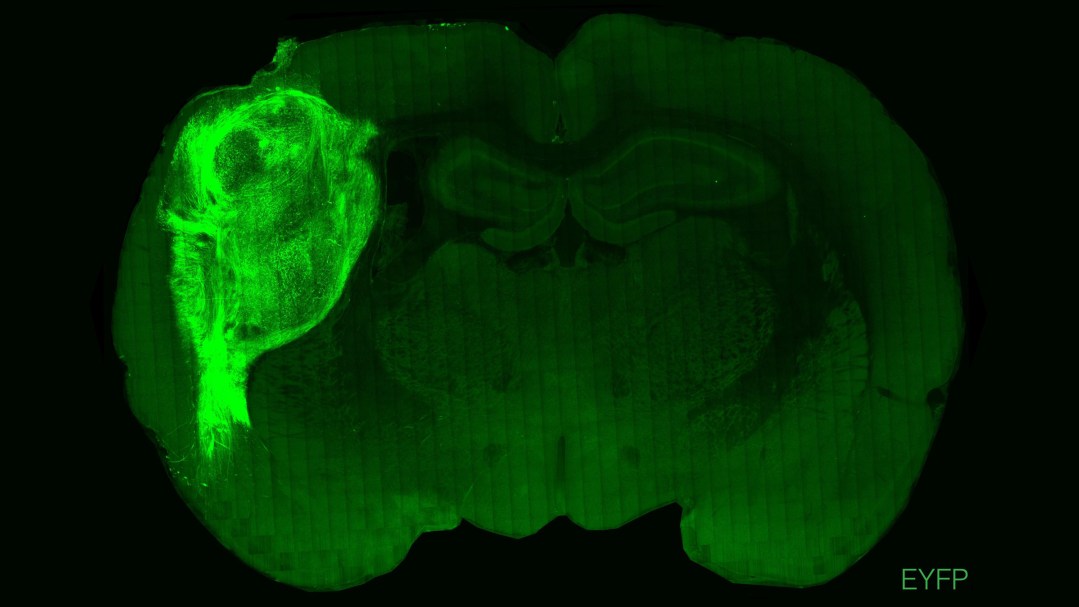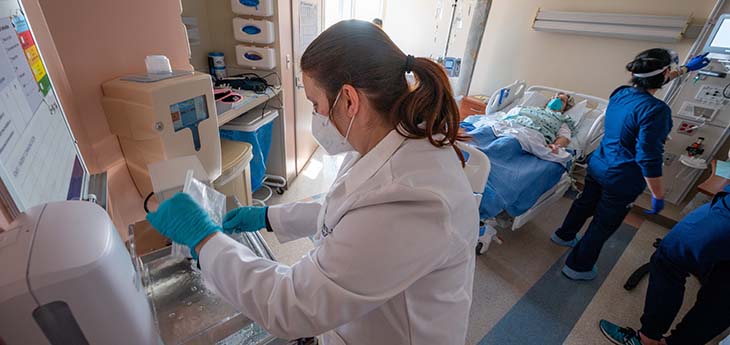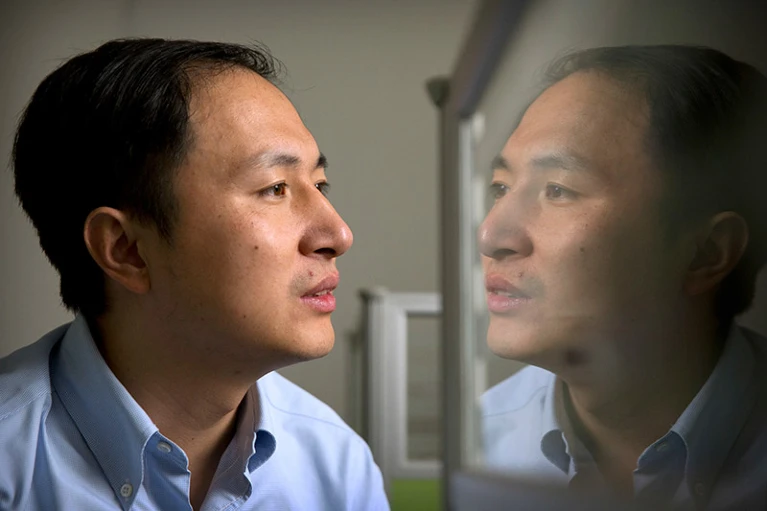BREAKING NEWS! This just in, promising research for understanding human #neuropsychiatric disorders, as reported in the MIT Technology Review: “Human #neurons transplanted into a rat’s brain continue to grow, forming connections with the animals’ own brain cells and helping guide their behavior, new research has shown. In a study published in the journal #Nature today, lab-grown clumps of human #braincells were transplanted into the brains of newborn rats. They grew and integrated with the rodents’ own #neural circuits, eventually making up around one-sixth of their brains.” My comment: the article also discussed some understandable hand-wringing among bioethicists worrying about the potential implications of implanting larger #organoids in other regions of the brain raising the possibility for creating an enhanced rat that might have cognitive capacities greater than an ordinary rat. A new species perhaps? And how will the general public digest this brain organoid experiment? Be forewarned. The SCREAMING banner headline in this afternoon’s @drudgereport (the giant US -based news aggregation website) “RATMAN! SCIENTISTS GROW BRAIN CELLS IN RODENTS” accompanied by a large face image of a white mouse. Not to trivialize the meritorious nature of the somewhat disquieting research, but I remember the animated cartoon series #pinkyandthebrain. Do you?
When lab-grown clumps of human neurons are transplanted into newborn rats, they grow with the animals. The research raises some tricky ethical questions.
by Jessica Hamzelou – MIT Technology Review
Human neurons transplanted into a rat’s brain continue to grow, forming connections with the animals’ own brain cells and helping guide their behavior, new research has shown.
In a study published in the journal Nature today, lab-grown clumps of human brain cells were transplanted into the brains of newborn rats. They grew and integrated with the rodents’ own neural circuits, eventually making up around one-sixth of their brains. These animals could be used to learn more about human neuropsychiatric disorders, say the researchers behind the work.
“It’s an important step forward in progress into [understanding and treating] brain diseases,” says Julian Savulescu, a bioethicist at the National University of Singapore, who was not involved in the study. But the development also raises ethical questions, he says, particularly surrounding what it means to “humanize” animals.
Sergiu Pașca at the University of Stanford has been working for more than a decade with neural organoids—small clumps of neurons, grown in a dish, that resemble specific brain regions. These organoids are often created from human skin cells, which are first made into stem cells. The stem cells can then be encouraged to form neurons in the lab, under the right conditions. The resulting organoids can be used to study how brain cells fire and communicate—and how they malfunction in some disorders.




